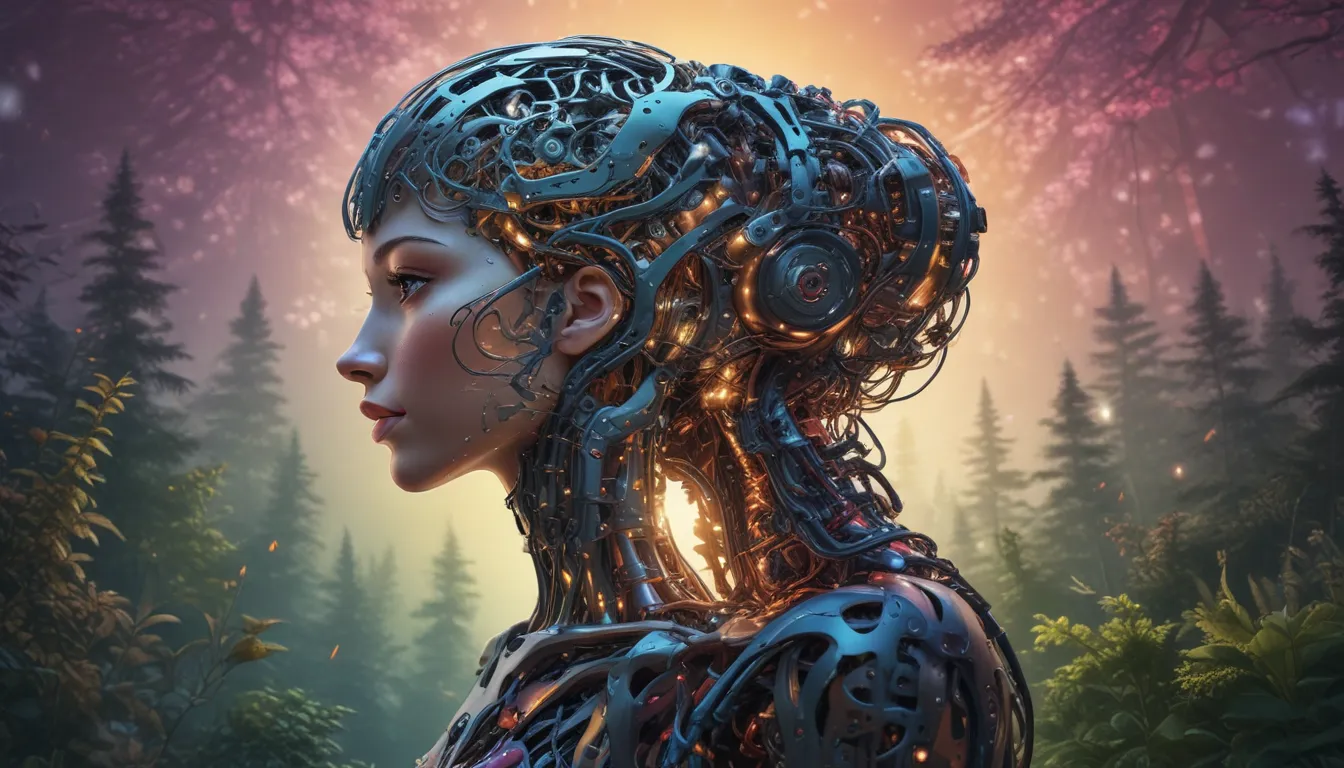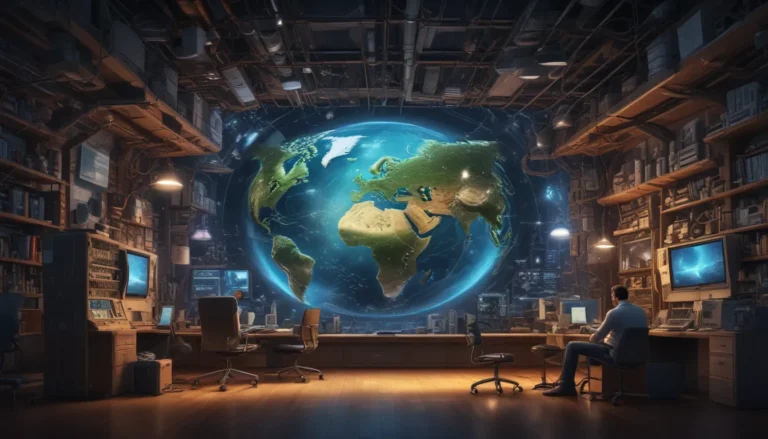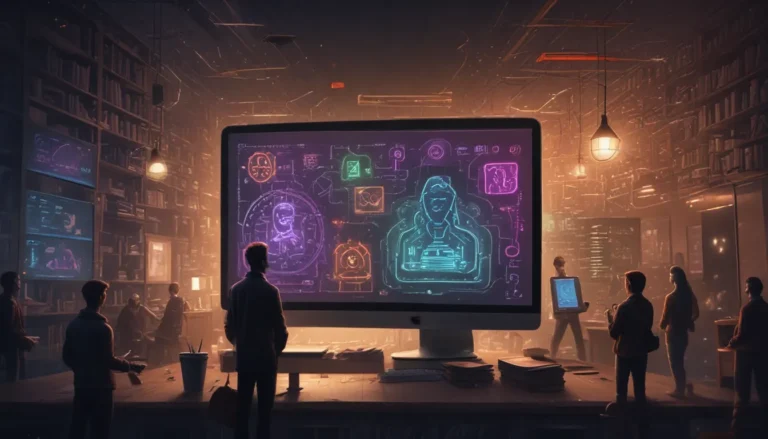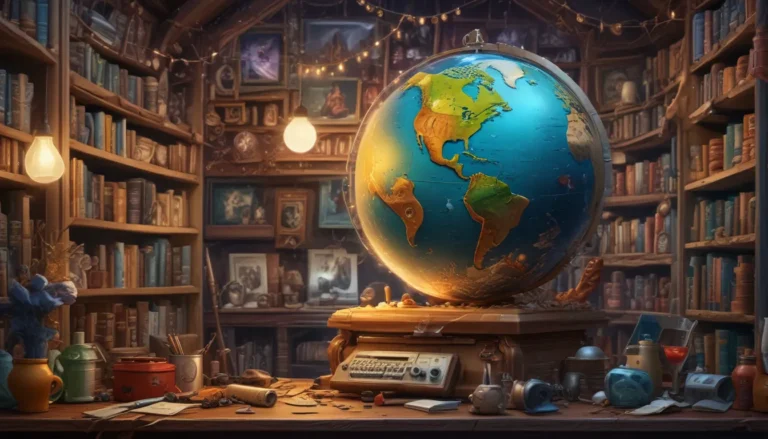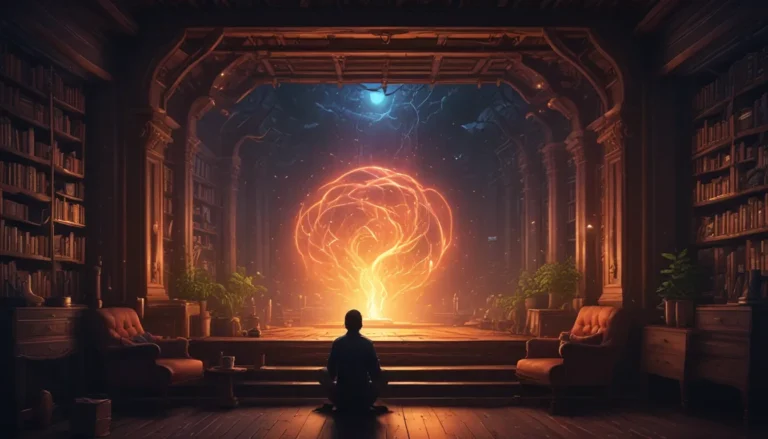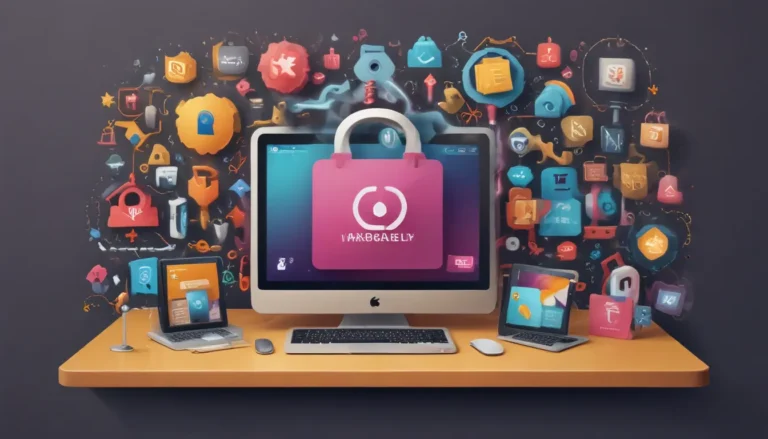A Note About Images: The images used in our articles are for illustration purposes only and may not exactly match the content. They are meant to engage readers, but the text should be relied upon for accurate information.
Artificial intelligence has taken the world by storm, especially with the emergence of generative AI. This cutting-edge technology has the ability to create new content, such as images, music, and text, by learning from existing data. As generative AI continues to evolve, its impact and potential are becoming increasingly significant across various industries. In this article, we will explore eight fascinating facts about generative AI, shedding light on its applications, advancements, and implications. From revolutionizing creative processes to influencing fields like healthcare and entertainment, generative AI is reshaping the way we interact with technology. Let’s delve into the intricacies of generative AI and uncover the remarkable insights that define its role in shaping the future.
Unleashing the Power of Generative AI
1. Generative AI Can Create Realistic Images
Generative AI possesses the remarkable ability to produce lifelike images that are almost indistinguishable from those captured by a camera. By leveraging complex algorithms and vast datasets, generative AI can generate stunning visuals, including landscapes, portraits, and even entirely fictional scenes. This groundbreaking technology has revolutionized the fields of art, design, and entertainment, offering limitless creative possibilities.
2. Generative AI Employs Neural Networks
At the core of generative AI are neural networks, designed to mimic the interconnected neurons in the human brain. These networks consist of multiple layers that process and transform input data to produce the desired output. Generative AI utilizes neural networks to generate images, text, and music, showcasing the immense potential of this innovative technology.
3. Generative AI Enables Style Transfer
One of the remarkable capabilities of generative AI is its capacity for style transfer, allowing it to apply the artistic style of one image to another. By extracting the style of a reference image and applying it to a target image, generative AI can create visually striking compositions. This ability to seamlessly blend artistic styles has garnered significant attention in the art and design communities.
4. Generative AI Powers Deepfakes
Generative AI has facilitated the creation of deepfakes, highly realistic manipulated videos or audios that depict individuals saying or doing things they never actually did. While deepfakes have raised concerns about misinformation and privacy, they also exemplify the immense potential of generative AI in synthesizing hyper-realistic content.
5. Generative AI Enhances Creativity
By automating the generation of diverse and intricate content, generative AI serves as a powerful tool for enhancing creativity across various domains. From aiding artists in visual expression to assisting designers in prototyping, generative AI fosters innovation and pushes the boundaries of creative exploration.
6. Generative AI Raises Ethical Considerations
The emergence of generative AI has sparked discussions about ethical implications, particularly regarding the responsible use of AI-generated content. As generative AI continues to advance, it is crucial to address ethical concerns related to intellectual property, privacy, and the potential misuse of AI-generated materials.
7. Generative AI Fuels Research and Innovation
Generative AI is not limited to creative endeavors but plays a pivotal role in driving research and innovation across diverse scientific disciplines. From advancing medical imaging to simulating scientific models, generative AI contributes to groundbreaking developments that shape the future of technology.
8. Generative AI Promises Limitless Potential
As generative AI continues to evolve, its potential for reshaping industries and transforming creative processes appears boundless. With ongoing advancements in generative AI algorithms and technologies, the future holds exciting prospects for harnessing the full capabilities of this transformative AI paradigm.
With its capacity to create realistic images, employ neural networks, enable style transfer, power deepfakes, enhance creativity, raise ethical considerations, fuel research and innovation, and promise limitless potential, generative AI stands at the forefront of technological innovation, offering a glimpse into a future where AI-driven creativity knows no bounds.
Exploring the Future of Generative AI
As generative AI continues to revolutionize various industries, from art and design to healthcare and entertainment, the possibilities seem endless. With its ability to mimic human creativity and produce content with astonishing realism, generative AI is poised to redefine the boundaries of human-machine collaboration. As we witness the transformative power of this innovative technology, it becomes clear that generative AI is not just a tool but a catalyst for change in the digital landscape.
Embracing the Innovations of Generative AI
Generative AI has the potential to transform the way we interact with digital content, create art, and tackle complex problems. Its ability to generate realistic images, music, and text opens up new horizons for innovation and creativity. As we embark on this journey of discovery and exploration, let’s embrace the opportunities that generative AI presents and harness its transformative power for a brighter future.
Unveiling the Secrets of Generative AI
Generative AI’s potential seems boundless, promising exciting advancements across industries. As you’ve learned about its ability to create realistic images, employ neural networks, enable style transfer, power deepfakes, enhance creativity, raise ethical considerations, and fuel research and innovation, your curiosity may be piqued. Why not explore more fascinating facts about AI text generators and their impact on our digital landscape? Uncover the secrets behind these powerful tools and how they’re shaping the future of content creation.
Conclusion
In conclusion, generative AI is revolutionizing various industries by enabling machines to exhibit creativity and produce content that mimics human-like characteristics. As the technology continues to advance, it holds the potential to transform the way we interact with digital content, create art, and even assist in problem-solving. With its ability to generate realistic images, music, and text, generative AI is poised to redefine the boundaries of human-machine collaboration, opening up new possibilities for innovation and creativity.
FAQs
What is generative AI?
Generative AI refers to a type of artificial intelligence that can create new content, such as images, music, or text, without direct human input. It uses algorithms to generate content that mimics human-like characteristics.
How is generative AI used in the real world?
Generative AI is used in various real-world applications, including creating art, generating realistic images, composing music, and even assisting in problem-solving tasks. It has the potential to revolutionize industries such as design, entertainment, and healthcare.
Providing Trustworthy Information
Our commitment to delivering trustworthy and engaging content is at the heart of what we do. Each fact on our site is contributed by real users like you, bringing a wealth of diverse insights and information. To ensure the highest standards of accuracy and reliability, our dedicated editors meticulously review each submission. This process guarantees that the facts we share are not only fascinating but also credible. Trust in our commitment to quality and authenticity as you explore and learn with us.
